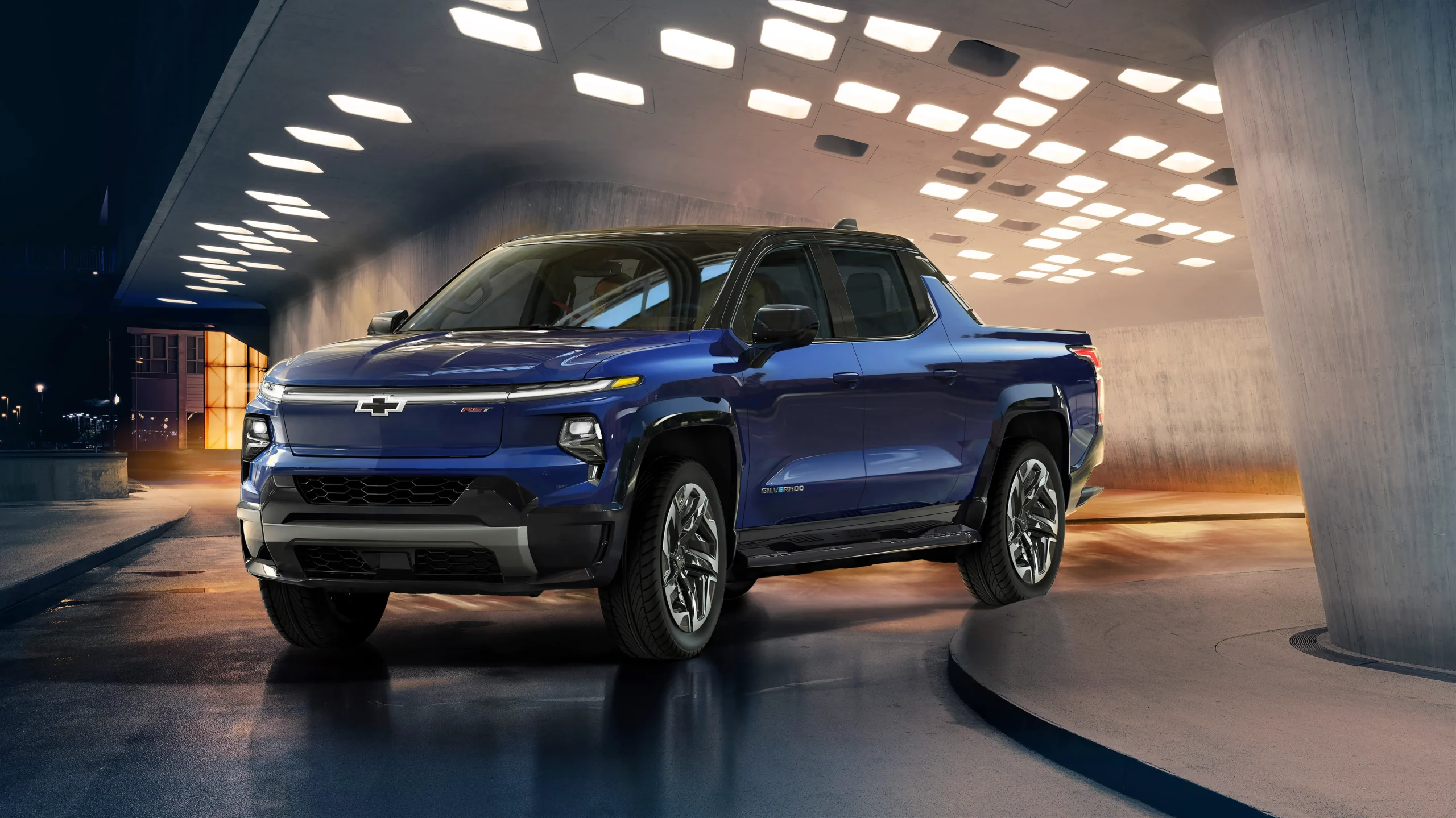Unprecedented Momentum in 2024
As the automotive market evolves, GM has gained remarkable momentum, bolstered by strategic initiatives that could enhance its performance in the long term. A recent report suggests that investors should be optimistic about GM’s ability to maintain this momentum over the next decade.
The Untapped Potential of Cruise
Despite its strong performance, one aspect that investors may have overlooked is GM’s Cruise operation, which focuses on its autonomous vehicle and robo-taxi strategies. The technology behind Cruise could prove to be incredibly lucrative. According to a report from the Oliver Wyman Forum, the global market for advanced driver-assistance systems is projected to reach $307 billion by 2035, a significant increase from just $1.7 billion in 2023. Additionally, revenue from digital automotive services is expected to grow at an annual rate of 25% over the next decade, potentially reaching $610 billion by 2035.
Boosting Margins with Technology
Beyond promising market figures, the introduction of advanced technology, driver-assistance software, and subscription services into vehicles could lead to significant improvements in profit margins. Andreas Nienhaus, a partner in the Automotive and Mobility Practice at Oliver Wyman, emphasizes the vast economies of scale available to automakers developing software and subscription services. The more users these services attract, the more valuable data automakers can leverage to enhance their offerings—all without needing extensive hardware modifications since many capabilities are already embedded in the vehicles.
Lessons from Ford’s Commercial Business
The effectiveness of this strategy can already be seen in Ford’s commercial business. Ford’s commercial customers are more likely to adopt software upgrades and subscription services compared to mainstream consumers. For instance, Ford Blue, the company’s traditional business segment, reported $2 billion in earnings before interest and taxes (EBIT) at a 4.3% margin during the first half of 2024. Meanwhile, Ford Pro, which saw a 35% increase in subscriptions to Ford Pro software during the second quarter, achieved an impressive EBIT of $5.6 billion at a 15.9% margin.
The Future of Cruise and GM’s Potential
While some investors may view Cruise as a distraction or a financial burden, recent developments indicate a renewed focus on safety and operational integrity following a serious incident in San Francisco last year. GM has resumed operations in the U.S. market with a fleet of vehicles in Arizona, signaling its commitment to this innovative endeavor.
It may seem ambitious, but it’s entirely possible that in one or two decades, Cruise could become GM’s most valuable asset. Even if robo-taxis do not dominate the roads immediately, the associated technologies—such as driver-assistance systems and the software that powers them—could become exceptionally valuable.
With the automotive landscape shifting towards technology-driven solutions, General Motors is strategically positioned to capitalize on these trends. As it continues to innovate and adapt, the potential for its stock price to climb even higher remains bright, making it an intriguing consideration for investors looking for growth in the evolving automotive sector.

